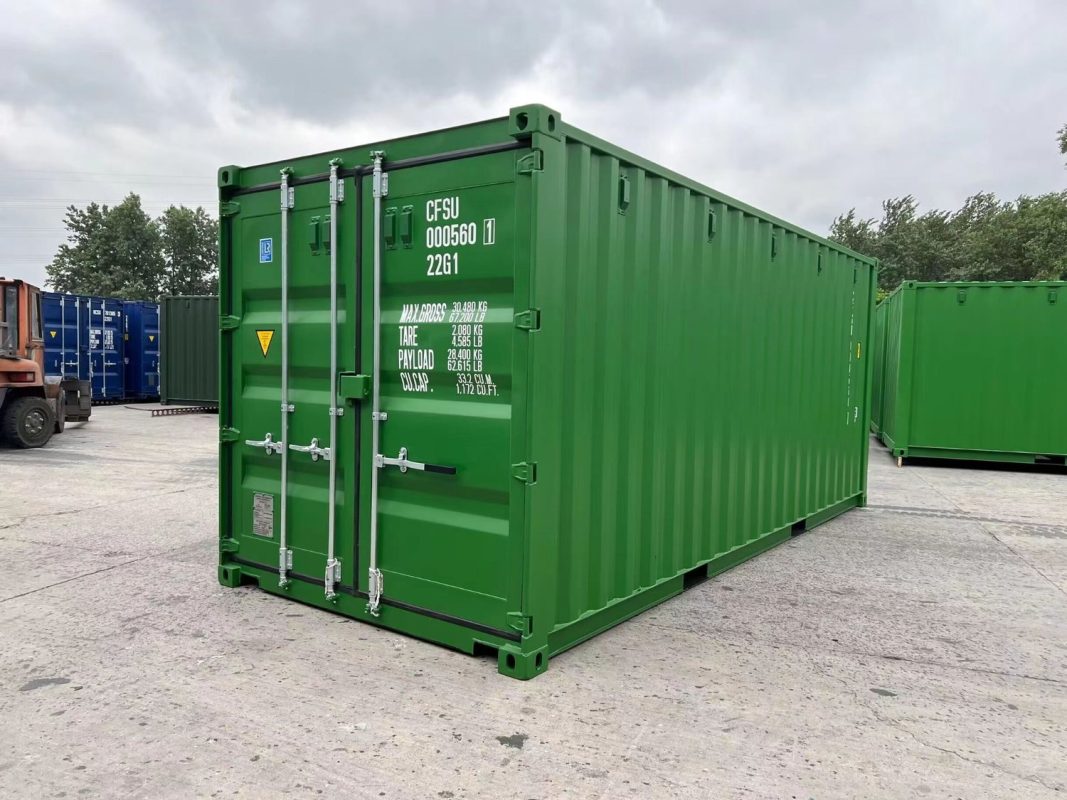The History and Evolution of Shipping Container Architecture

Shipping container architecture has evolved dramatically over the past few decades, transforming from a practical solution for transporting goods to a versatile and innovative approach to building design. This evolution reflects broader changes in how we think about sustainability, affordability, and creativity in architecture.
Early Uses and Origins
The concept of using shipping containers for architectural purposes began to take shape in the mid-20th century. Shipping containers were originally designed for the efficient and secure transportation of goods across seas and continents. Introduced in the 1950s by Malcolm McLean, a transportation entrepreneur, these containers revolutionized global trade by standardizing cargo transport, reducing loading and unloading times, and improving safety.
The idea of repurposing these containers for building design emerged in the 1980s and 1990s, driven by the need for affordable housing and sustainable building practices. Early adopters saw the potential of containers as a cost-effective and durable alternative to traditional construction materials.
The Birth of Container Architecture
The first notable use of shipping containers in architecture was experimental and often limited to small-scale projects. Architects and designers began exploring the possibilities of container-based structures, creating simple homes and offices that showcased the modularity and adaptability of containers. This period was characterized by a DIY ethos, with many projects being undertaken by enthusiasts and pioneers who were eager to push the boundaries of conventional architecture.
One of the early examples of container architecture was the work of architect Peter DeMaria, who began experimenting with container homes in the late 1990s. His projects demonstrated the potential for container architecture to address housing shortages and provide innovative living solutions. DeMaria’s work helped to establish container architecture as a viable and intriguing alternative to traditional building methods.
Mainstream Adoption and Innovation
As the 21st century progressed, shipping container architecture began to gain mainstream recognition. The growing awareness of environmental issues and the need for sustainable building practices played a significant role in this shift. Containers offered an eco-friendly solution, with their reuse contributing to reduced waste and lower carbon footprints compared to traditional construction methods.
Architects and designers started to experiment with larger and more complex container structures. The versatility of containers allowed for creative designs that could be adapted to various uses, from residential homes to commercial spaces and public buildings. Notable projects during this period included the Container City in London, a pioneering development that used shipping containers to create affordable and stylish workspace units, and the “Cargotecture” movement in the United States, which showcased the potential of containers for innovative and sustainable architecture.
The Rise of Modular and Prefabricated Design
The rise of modular and prefabricated design further accelerated the evolution of container architecture. The modular nature of shipping containers made them ideal for prefabrication, allowing for quicker and more efficient construction processes. This approach also enabled architects to create adaptable and scalable designs that could be easily modified or expanded.
One of the most prominent examples of modular container architecture is the “Tiny House” movement, which emphasizes minimalist living and efficient use of space. Shipping containers have become a popular choice for tiny house designs due to their compact size and structural integrity. These projects often focus on maximizing space and functionality while minimizing environmental impact.
Contemporary Trends and Future Directions
Today, shipping container architecture continues to evolve, driven by advances in design technology and a growing emphasis on sustainability. Architects are increasingly exploring innovative ways to integrate containers into urban environments, creating multifunctional spaces that address the needs of modern cities.
Contemporary container architecture often incorporates advanced insulation techniques, energy-efficient systems, and sustainable materials to enhance the performance and comfort of container-based buildings. Additionally, there is a growing interest in using containers for disaster relief and humanitarian purposes, providing quick and adaptable solutions for affected communities.
As technology and design practices continue to advance, the future of shipping container architecture looks promising. The ongoing exploration of new materials, construction methods, and design concepts will likely lead to even more creative and sustainable uses for shipping containers in the years to come.
Conclusion
The history and evolution of shipping container architecture reflect a broader trend towards innovation and sustainability in the built environment. From its origins as a practical solution for cargo transport to its current status as a versatile and forward-thinking architectural approach, container architecture has proven to be a valuable tool for addressing contemporary challenges. As architects and designers continue to push the boundaries of what is possible, the future of shipping container architecture holds exciting possibilities for creating efficient, sustainable, and imaginative spaces.

